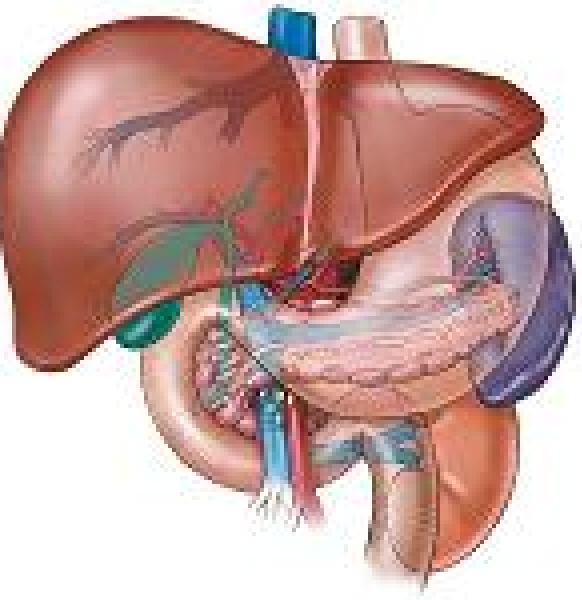
We all know that a flashlight needs a battery to make it work. Your car needs an engine and gasoline to make it work, and your cell phone has computer chips that create amazing functions that need to be charged with electricity to make them work.
And of course your body has thousands of amazing “quazi computer chips” in your liver tucked up under your ribs for protection. They have a different name. They are called hepatocytes. However, I don’t see an electric cord attached to your ribs to recharge your hepatocytes.
Did it ever occur to you why we routinely eat three meals a day?
You are feeding your hepatocytes essential vitamins and nutrients they need to create your muscles, bones, immune and clotting factors and hundreds of body parts and life sustaining body functions that keep you alive and functioning 24/7.
Hepatocytes convert the food you eat into energy and store it in fat cells in your overstuffed liver. When you eat sugary foods, carbohydrates and fatty foods they are stored as energy/glycogen in your liver in fat cells.
Eventually, overeating sugar create excessive number of fat cells that
smother healthy hepatocytes causing scarring called cirrhosis, which can to liver-related diseases such as hepatitis and 13-related cancers, as well as other comorbidities such as obesity, type 2 diabetes, cardiovascular diseases leading to strokes and heart attacks, high blood pressure and high cholesterol. Additionally, toxins in alcohol and drugs damage hepatocytes can also cause cirrhosis leading to the liver to shut down.
Looking at Hepatitis C Incidence Rates
An especially vulnerable population to hepatitis C are persons who inject drugs (PWID). The rate of new hepatitis C cases reported to the Centers for Disease and Prevention (CDC) among persons aged 18–40 years, a proxy for PWID, has increased steadily since 2013 to a peak of 2.9 cases per 100,000 population in 2020 the federal agency reports.1
There has been some inroads made to reduce incidence rates, but prevention targets are not being met. The 2022 rate was 2.7 cases per 100,000 population, above the 2022 target rate of 1.8 cases per 100,000 population, and 2022 marks the second year that the rate has decreased after 8 consecutive years of increase. Changes in drug use practices and other prevention initiatives, such as syringe services programs and medication for opioid use disorder programs, might be contributing to these observed decreases, the CDC writes on its site.1
Preventing Hepatitis
When you exercise you use up the energy stored in fat cells that helps keep a good balance between healthy and damaged hepatocytes. If you don’t exercise and use the energy stored in fat cells they accumulate and smother healthy cells causing cirrhosis. Excess fat cells leave the liver and surround other organs loading up your belly leading to obesity.
What You Need to Know
The liver is crucial for converting food into energy and storing it in the form of glycogen.
Hepatitis C incidence, particularly among persons who inject drugs (PWID), has been a growing concern.
Maintaining liver health is closely tied to lifestyle choices. Regular exercise helps use up stored energy, preventing the accumulation of fat cells in the liver. A healthy diet rich in essential nutrients supports the liver’s functions and overall wellbeing. Avoiding alcohol and drug use is crucial, as toxins can severely damage hepatocytes and lead to cirrhosis.
When you eat your next meal, think about your precious hepatocytes that depend on you to provide them with healthy amounts of nutrients to empower you to walk, talk, play and function as an active human being, thinking clearly, protecting you from toxins and viruses that surround you, germs and bacteria that make you sick and keeping hundreds of your body functions working nonstop making you the active human being you are today.
In addition to eating healthy and taking care of your live through nutrition, other ways to keep the liver healthy are abstaining from drinking alcohol and injecting drugs.
Thank these amazing liver cells for making clotting factors that protect you from bleeding uncontrollably and provide you with energy to get up and go every morning. They are your internal guardian angels, silent partners, and life support system that work nonstop without a voice to tell you when they are in trouble or under attack.